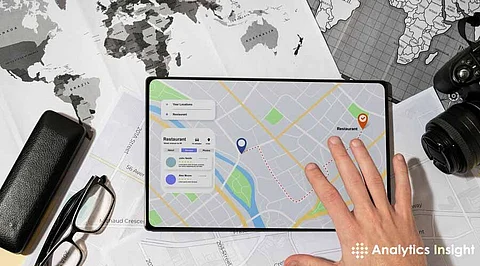

Google Maps is no longer just a tool for giving directions. It has new and exciting features. Google Maps is now a useful aid that businesses can use to enhance customer engagement and local business visibility. At the same time, companies can take advantage of Google Maps omnichannel growth strategies, as millions of users search for where to go each day.
Most businesses today have several channels to engage with customers. Google Maps bridges the gap between online and offline experiences. Businesses require activity on Google Maps to remain visible on various platforms, such as search engines, mobile apps, and physical locations.
The use of Google Maps to find local businesses is done by 85% of consumers.
76% of people who search for a business on Google Maps visit within 1 day.
According to a survey, businesses with complete Google My Business profiles receive 42% more requests for directions.
A solid presence on Google Maps also increases a brand's local visibility. Businesses that utilize these features can drive more walk-in customers and online traffic to their profiles.
Optimize Google Business Profile and provide the correct information and the best pictures.
Drive customer reviews for better rankings.
Just don't forget to use Google to share updates with Google Posts.
A 25% increase in foot traffic on Google Maps for businesses with 10 positive reviews or more will be listed on Google Maps.
Google Maps helps businesses connect with customers in real-time—features like messaging, Q&A, and user-generated reviews fuel direct engagement.
Direct Messaging: Customers can search for questions.
User Reviews: Trust is increased by positive comments.
Live Updates: Real-time updates from businesses about promotions and events.
Businesses that proactively answer Google Maps queries get a 40% increase in engagement rates.
One of Google Maps' key features is providing location-based Google Maps marketing, which allows business owners with a physical store to reach customers near the physical store.
Businesses show up on Maps in Google Ads with Location Extensions.
Geo-targeting offers increased revenue by reaching nearby consumers.
With local inventory ads, in-stock products are shown to prospective purchasers.
According to reports, 72% of shoppers prefer businesses that have real-time, location-based deals.
Google Maps is between digital and physical interactions. This information guides customers from online searches to in-person visits.
Navigation tools help customers find their way to stores.
Store hours and wait times help customers plan their shopping.
Engagement is simplified by click-to-call and appointment booking.
Google Maps insights can increase in-store visits by 20% for retailers.
Google Maps is one of the biggest opportunities for omnichannel growth. It helps in customer engagement, local business visibility, and location-based marketing. By using Google Maps effectively, businesses can reach more customers, increase sales, and deliver great experiences on the Google network and beyond.
